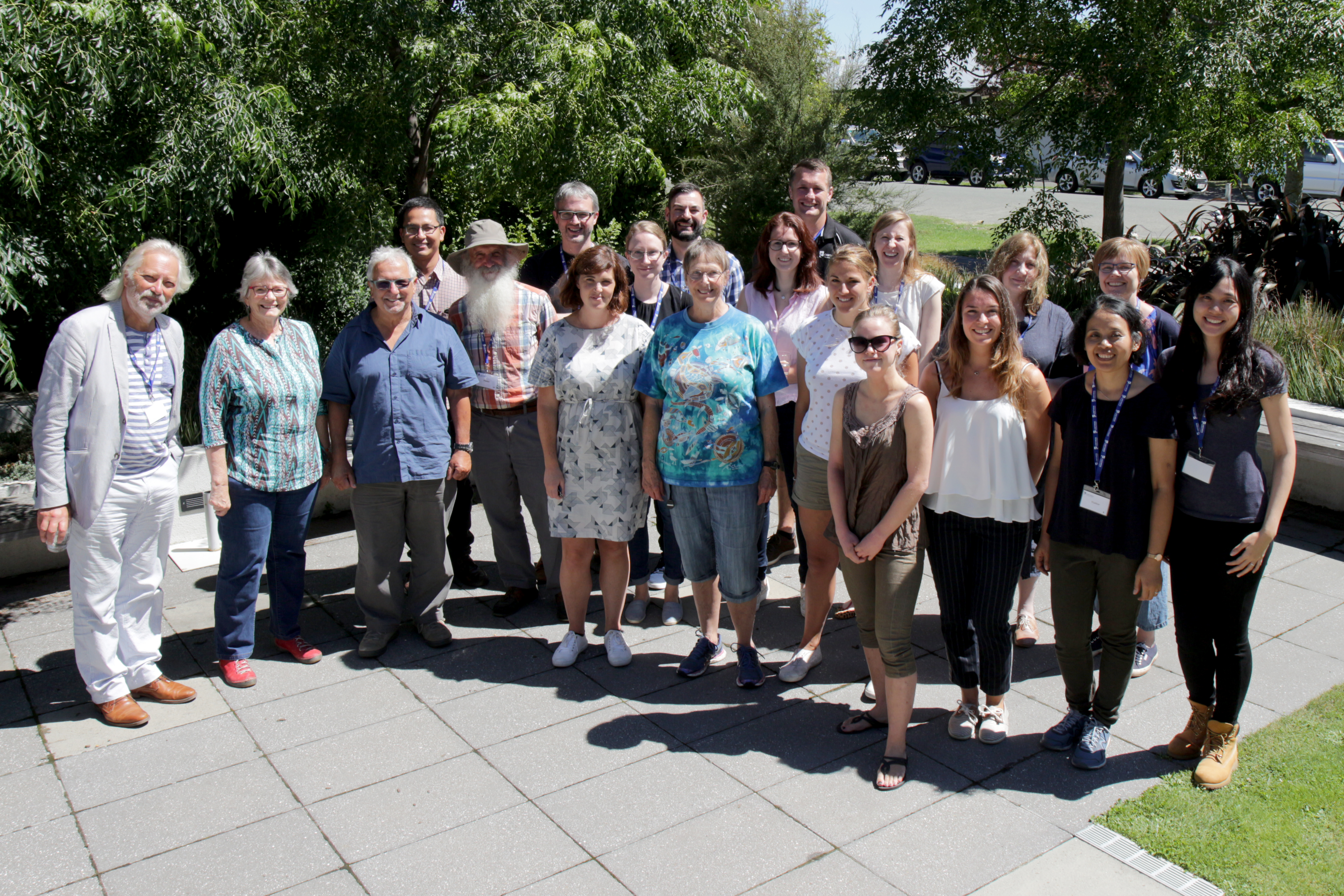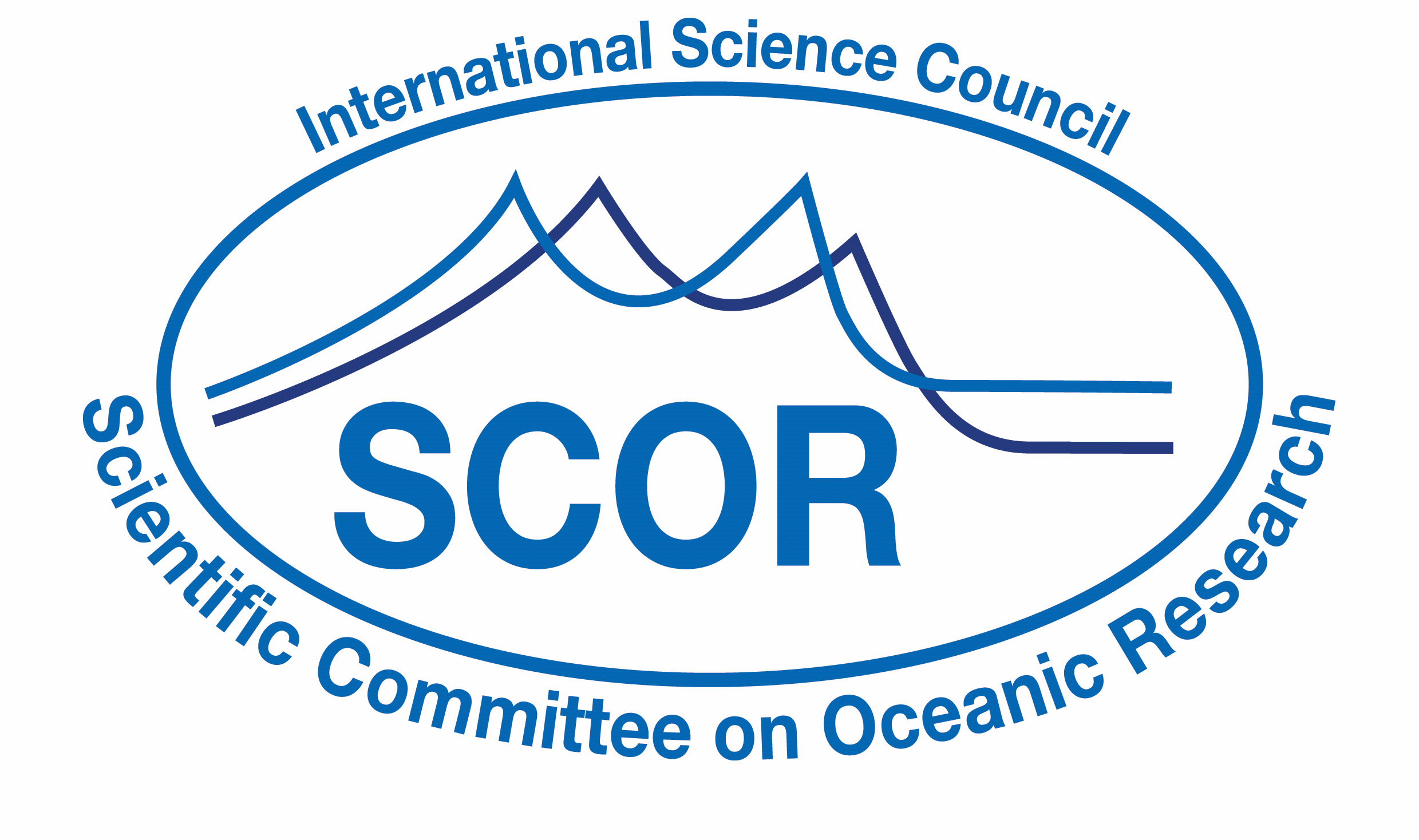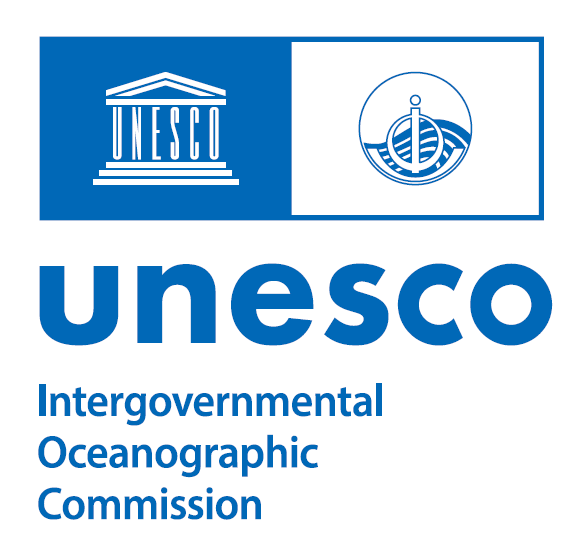PROJECT TITLE: Assessment of Risk of Benthic Life Stages of Toxic Dinoflagellates to the Seafood Sectors of New Zealand and France
Acronym: Cyst Risk
Scope: International
Type: Research
Timeframe: November 2016 to October 2018
Principal Investigator: Dr. Kirsty Smith
Address: Cawthron Institute, 98 Halifax Street East, Nelson 7010, New Zealand
Tel/Fax: +64 3 548 2319
E-mail: This email address is being protected from spambots. You need JavaScript enabled to view it.
Home page URL: http://www.cawthron.org.nz/people/95-kirsty-smith/
Other key persons: Dr. Kenneth Mertens, Ifremer, ODE/UL/LER Bretagne Occidentale, Station de biologie marine, Place de la Croix, BP 40537, 29185 CONCARNEAU CEDEX, France; +33 2 98 10 42 82; http://annuaire.ifremer.fr/cv/22727/en/; This email address is being protected from spambots. You need JavaScript enabled to view it.
Objectives:
Harmful algae blooms (HABs) negatively impact both New Zealand and French seafood sectors, with risks to both seafood exports and the health of recreational fishers. Many toxic dinoflagellate species develop blooms and have complex life cycles with a resting stage or cyst. Little is known about the direct uptake of dinoflagellate cysts into the food chain or whether it poses a health risk to seafood consumers. This two-year project will enable New Zealand experts to establish a collaborative relationship with French scientists at Ifremer and MARBEC who are experts in HAB cysts. The specific aim of this project is to identify benthic life stages of three high priority toxic dinoflagellate groups, namely, Alexandrium, Azadinium and Vulcanodinium. Cysts will be isolated from sediments around New Zealand and France. Cyst morphology, molecular genetic composition and toxicity will be determined. By identifying and establishing the abundance of benthic cysts beds in both France and New Zealand, predictions of blooms can be made and their likely risk to consumers assessed.

Some activities:
*A workshop (included picture above) on morphological and molecular identification techniques of toxic HAB species, led by Drs Mertens and Smith, was held at the Cawthron Institute, Nelson, New Zealand (12-14 February 2018) to assess both morphological and novel molecular methods for cyst identification. Over 20 participants from eight countries attended the workshop, representing a range of organizations including research institutes, government departments, universities, and microalgae monitoring laboratories. The workshop consisted of technical research presentations and hands on practical sessions using both microscopic and molecular techniques to identify both micro-algae and invasive species and their cyst forms.
*A follow-up satellite session, led by Drs Smith and Mertens, was held at the International Conference on Harmful Algae (Nantes, France) on the use of Biomolecular methods for Harmful Algal Bloom (HAB) species which was attended by over 200 international participants. The workshops have resulted in discussion and agreement on optimized methods for HAB and cyst detection that are comparable globally.
Implementation progress (selected publications, March 2020):
- Wang N, Mertens KN, Krock B, Luo Z, Derrien A, Pospelova V, Liang Y, Bilien G, Smith KF, De Schepper S. 2019. Cryptic speciation inProtoceratium reticulatum (Dinophyceae): Evidence from morphological, molecular and ecophysiological data. Harmful Algae 88: 101610.
- Rhodes LL, Smith KF. 2019. A checklist of the benthic and epiphytic marine dinoflagellates of New Zealand, including Rangitāhua/Kermadec Islands. New Zealand Journal of Marine and Freshwater Research 53: 258-277.
- Ruvindy R, Bolch CJ, MacKenzie AL, Smith KF, Murray SA. 2018. qPCR assays for the detection and quantification of multiple Paralytic Shellfish Toxin-producing species of Alexandrium. Frontiers in Microbiology 9: 3153
- Abadie E, Chiantella C, Crottier A, Rhodes LL, Masseret E, Berteaux T, Laabir M. 2018. What are the main environmental factors driving the development of the neurotoxic dinoflagellate Vulcanodinium rugosum in a Mediterranean ecosystem (Ingril lagoon, France)? Harmful Algae 75: 75-86.
- Mertens KN, Smith KF, Rhodes LL, Mackenzie L. 2018. Workshop on morpho-molecular methods for the study of dinoflagellate cysts. Harmful Algae News 60: 17.

